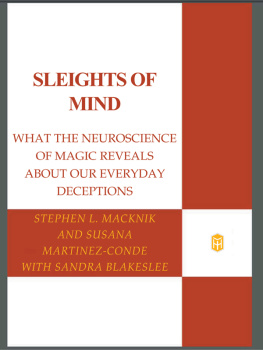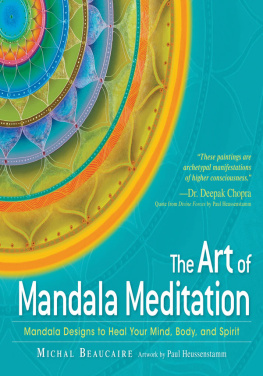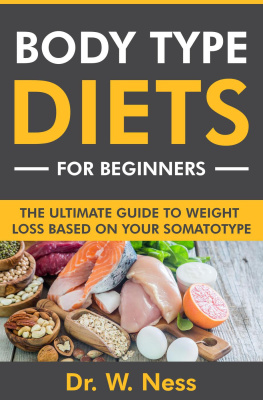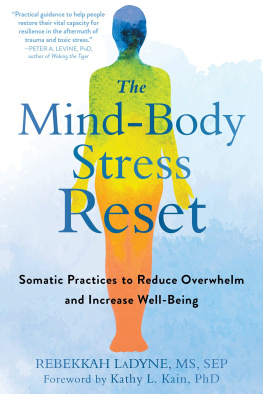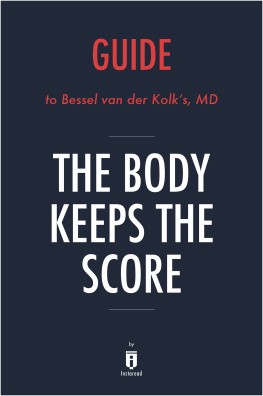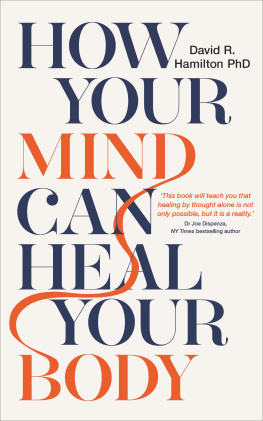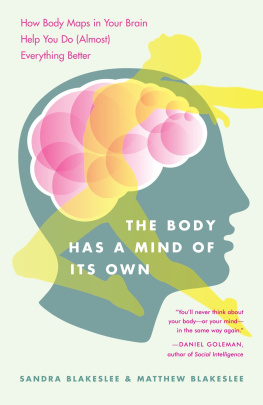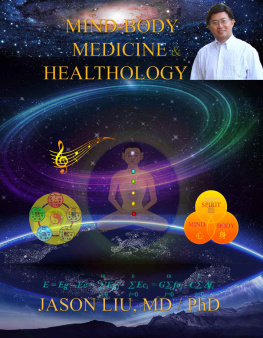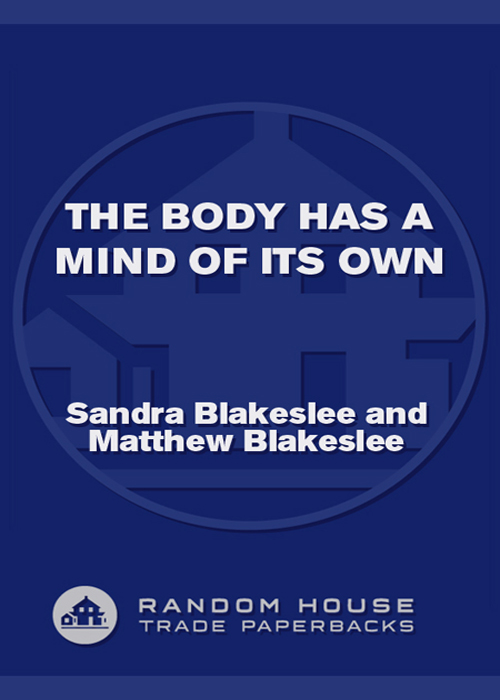
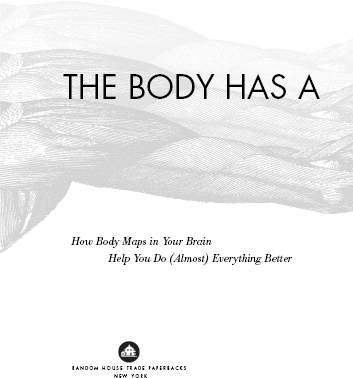
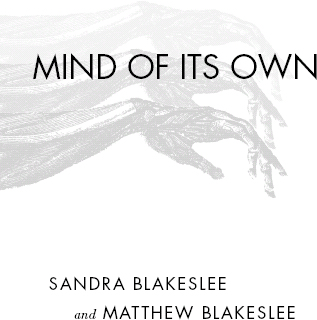
CONTENTS
CHAPTER 1 The Body Mandala
or, Maps, Maps, Everywhere
CHAPTER 2 The Little Man in the Brain
or, Why Your Genitals Are Even Smaller Than You Think
CHAPTER 3 Dueling Body Maps
or, Why You Still Feel Fat After Losing Weight
CHAPTER 4 The Homunculus in the Game
or, When Thinking Is as Good as Doing
CHAPTER 5 Plasticity Gone Awry
or, When Body Maps Go Blurry
CHAPTER 6 Broken Body Maps
or, Why Dr. Strangelove Couldnt Keep His Hand Down
CHAPTER 7 The Bubble Around the Body
or, Why You Seek Elbow Room
CHAPTER 8 Sticks and Stones and Cyberbones
or, The End of the Body as We Know It?
CHAPTER 9 Mirror, Mirror
or, Why Yawning Is Contagious
CHAPTER 10 Heart of the Mandala
or, My Insula Made Me Do It
For Carl, Julia, and Lucas
When a reporter asked the famous biologist J.B.S. Haldane what his biological studies had taught him about God, Haldane replied, The creator, if he exists, must have an inordinate fondness for beetles, since there are more species of beetle than any other group of living creatures. By the same token, a neurologist might conclude that God is a cartographer. He must have an inordinate fondness for maps, for everywhere you look in the brain maps abound.
V. S. Ramachandran
INTRODUCTION
THE EMBODIED BRAIN

S tand up and reach out your arms, fingers extended. Wave them up, down, and sideways. Make great big circles from over your head down past your thighs. Swing each leg out as far as you can, and with the tips of your toes trace arcs on the ground around you. Swivel and tilt your head as if you were craning out your neck to butt something with your forehead or touch it with your lips and tongue. This invisible volume of space around your body out to arms lengthwhat neuroscientists call peripersonal spaceis part of you.
This is not a metaphor, but a recently discovered physiological fact. Through a special mapping procedure, your brain annexes this space to your limbs and body, clothing you in it like an extended, ghostly skin. The maps that encode your physical body are connected directly, immediately, personally to a map of every point in that space and also map out your potential to perform actions in that space. Your self does not end where your flesh ends, but suffuses and blends with the world, including other beings. Thus when you ride a horse with confidence and skill, your body maps and the horses body maps are blended in shared space. When you make love, your body maps and your lovers body maps commingle in mutual passion.
Your brain also faithfully maps the space beyond your body when you enter it using tools. Take hold of a long stick and tap it on the ground. As far as your brain is concerned, your hand now extends to the tip of that stick. Its length has been incorporated into your personal space. If you were blind, you could feel your way down the street using that stick.
Moreover, this annexed peripersonal space is not static, like an aura. It is elastic. Like an amoeba, it expands and contracts to suit your goals and makes you master of your world. It morphs every time you put on or take off clothes, wear skis or scuba gear, or wield any tool. When Babe Ruth held a baseball bat, as far as his brain was concerned his peripersonal space extended out to the end of the bat, as if it were a natural part of his arms. When you drive a car your peripersonal space expands to include it, from fender to fender, from door to door, and from tire to roof. As you drive you can feel the roads texture as intimately as you would through sandals. As you enter a parking garage with a low ceiling you can feel the nearness of your cars roof to the height barrier as if it were your own scalp. This is why you instinctively duck when you pass under the barrier. When someone hits your car you get upsetnot just because of the bills and the hassle ahead, but because that person has violated your peripersonal space, no less than a careless elbow in your rib.
When you eat with a knife and fork, your peripersonal space grows to envelop them. Brain cells that normally represent space no farther out than your fingertips expand their fields of awareness outward, along the length of each utensil, making them part of you. This is why you can directly experience the texture and shape of the food you are manipulating, even though in reality you are touching nothing but several inches of lifeless metal. The same thing happens for surgeons controlling microrobotic tools using a joystick. It happens for NASA technicians controlling robotic arms in orbit. If you learned to operate a crane, your peripersonal space map would extend out to the tip of the cranes hook.
This book presents the emerging scientific answer to the age-old mystery of how mind and body intertwine to create your embodied, feeling self. In doing so, it provides clues and answers to a host of fascinating questions that, until now, seemed unrelated.
Questions like: Why do you still feel fat after losing weight? Why do you automatically duck your head when you pass through a doorway while wearing, say, a cowboy hat? Why do your kids get sucked into video games with total abandon?
Or these: How do you sense discomfort, such as heat, cold, pain, itching? How do you sense an emotion such as sadness? Do you get a lump in your throat? Do you feel dread in the pit of your stomach? Were you born with emotions or did you have to learn them? Where do they reside in your body and how do they arise?
What happens in your own brain when you observe other people moving around or expressing emotion? Why do you feel a frisson of fear when you see a tarantula walk on the pillow next to James Bonds head? Why do you wince and double over when you see someone else get walloped between the legs in a blooper reel?
Answers can be found in a new understanding of how your brain maps your body, the space around your body, and the social world. The discovery of peripersonal space mapping is but one of these fast-evolving areas of insight. Every point on your body, each internal organ and every point in space out to the end of your fingertips, is mapped inside your brain. Your ability to sense, move, and act in the physical world arises from a rich network of flexible body maps distributed throughout your brainmaps that grow, shrink, and morph to suit your needs.
The science of body maps has far-reaching applications. It can help people lose weight and make peace with their bodies, improve their ability to play a sport or influence people, and recover from a stroke. It points the way to new treatments for anorexia, phantom limbs, musicians cramp, and a condition among golfers called the yips. It helps explain out-of-body experiences, auras, placebos, and healing touch. It reveals why video games and virtual reality literally capture both your mind and body. It provides a new way to understand human emotions, from love to hate, lust to disgust, pride to humiliation.
So here it is, the untold story of your body maps and how you can apply this understanding to yourself in your lifes many facetsyou the athlete, you the dieter, the equestrian, the parent, the actorthe list goes on.
Next page

